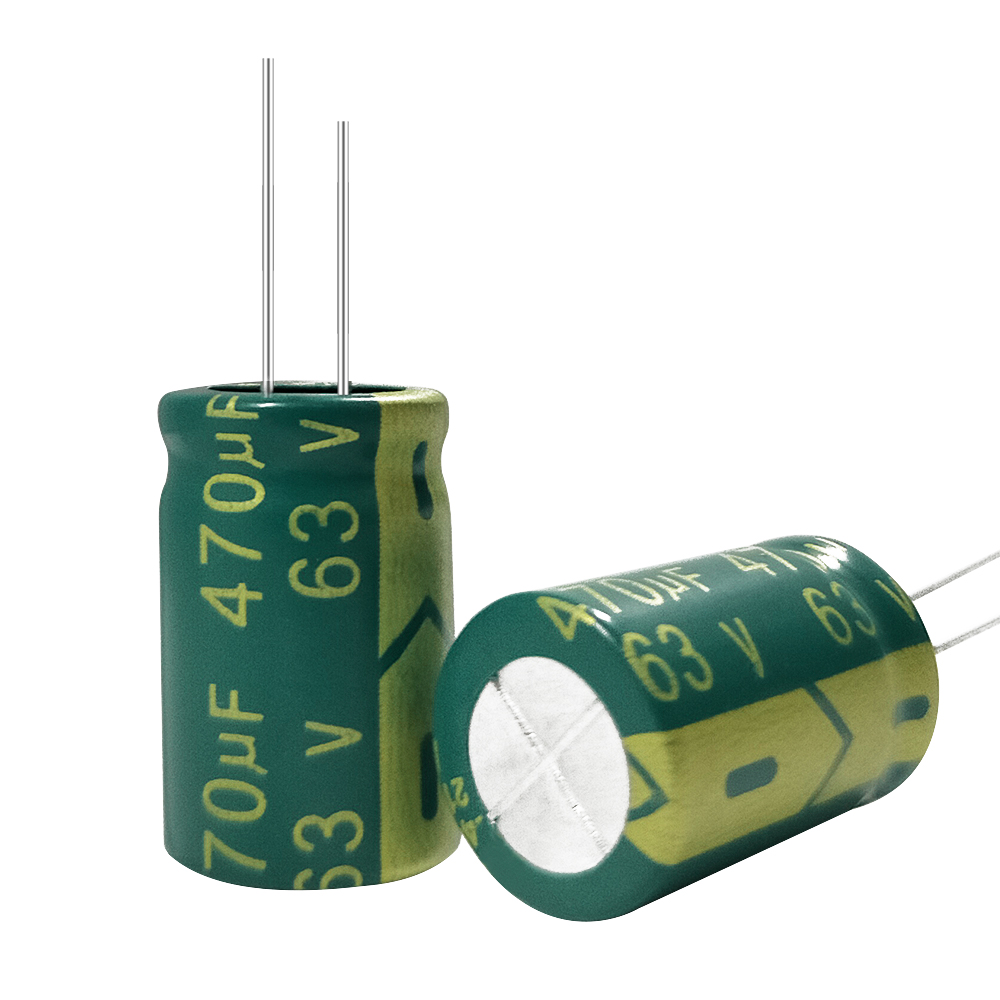Exploring the Dynamic Interplay: Unveiling the Effects of Connecting Capacitors to AC

When it comes to electrical circuits, capacitors play a crucial role in storing and releasing electrical energy. While capacitors are commonly used in both AC (alternating current) and DC (direct current) circuits, their behavior and effects differ significantly depending on the type of current they are connected to. In this article, we will delve into the fascinating world of capacitors connected to AC and explore the various phenomena that occur as a result.
- Capacitive Reactance:
When a capacitor is connected to an AC source, it exhibits a property known as capacitive reactance. Unlike resistance, which opposes the flow of current in a circuit, capacitive reactance impedes the flow of alternating current by storing and releasing energy. This dynamic interplay between the capacitor and the AC source leads to several intriguing effects. - Phase Shift:
One of the most notable consequences of connecting a capacitor to AC is the introduction of a phase shift. Due to the time it takes for the capacitor to charge and discharge, the current and voltage waveforms become out of sync. This phase shift can have significant implications in various applications, such as power factor correction and motor control. - Filtering and Smoothing:
Capacitors connected to AC circuits can also be employed for filtering and smoothing purposes. By strategically placing capacitors in a circuit, unwanted noise and fluctuations in the AC signal can be reduced or eliminated. This technique finds extensive use in power supplies, audio systems, and communication devices, ensuring a clean and stable output. - Resonance and Tuning:
Capacitors, in conjunction with inductors, can form resonant circuits that exhibit specific frequency responses. These circuits can be utilized for tuning purposes, allowing precise control over the frequency of an AC signal. Resonant circuits find applications in radio receivers, filters, and oscillators, enabling efficient signal processing and transmission. - Safety Considerations:
While capacitors are essential components in electrical circuits, connecting them to AC sources requires careful consideration of safety measures. Capacitors can store a significant amount of electrical energy, and if not discharged properly, they can pose a risk of electric shock. Additionally, high-voltage AC circuits demand the use of capacitors with appropriate voltage ratings to prevent failures and potential hazards.
Conclusion:
Connecting capacitors to AC circuits unlocks a realm of possibilities, from phase shifts and filtering to resonance and tuning. Understanding the behavior and effects of capacitors in AC circuits is crucial for engineers, technicians, and enthusiasts alike. By harnessing the power of capacitors in AC applications, we can optimize circuit performance, improve energy efficiency, and ensure safe and reliable operation.






